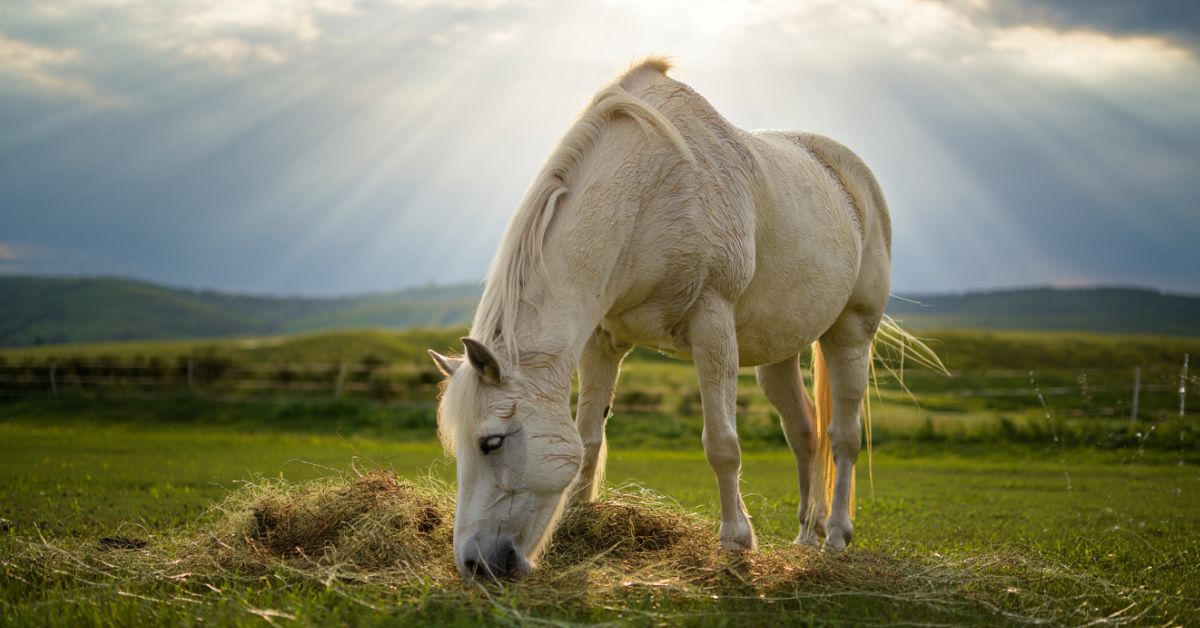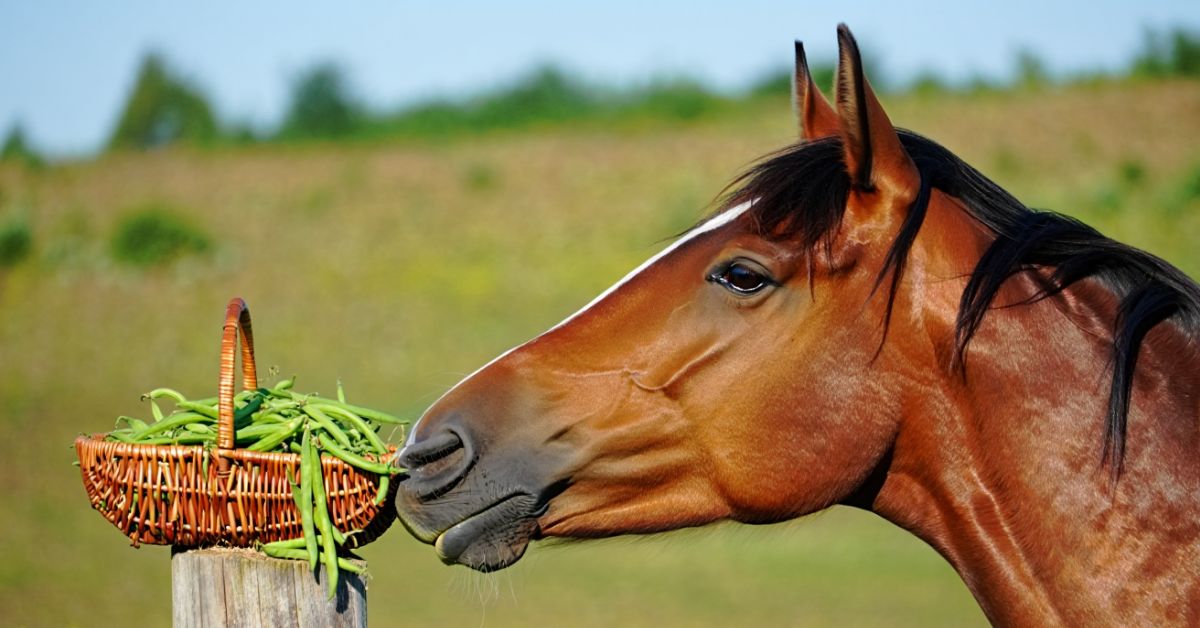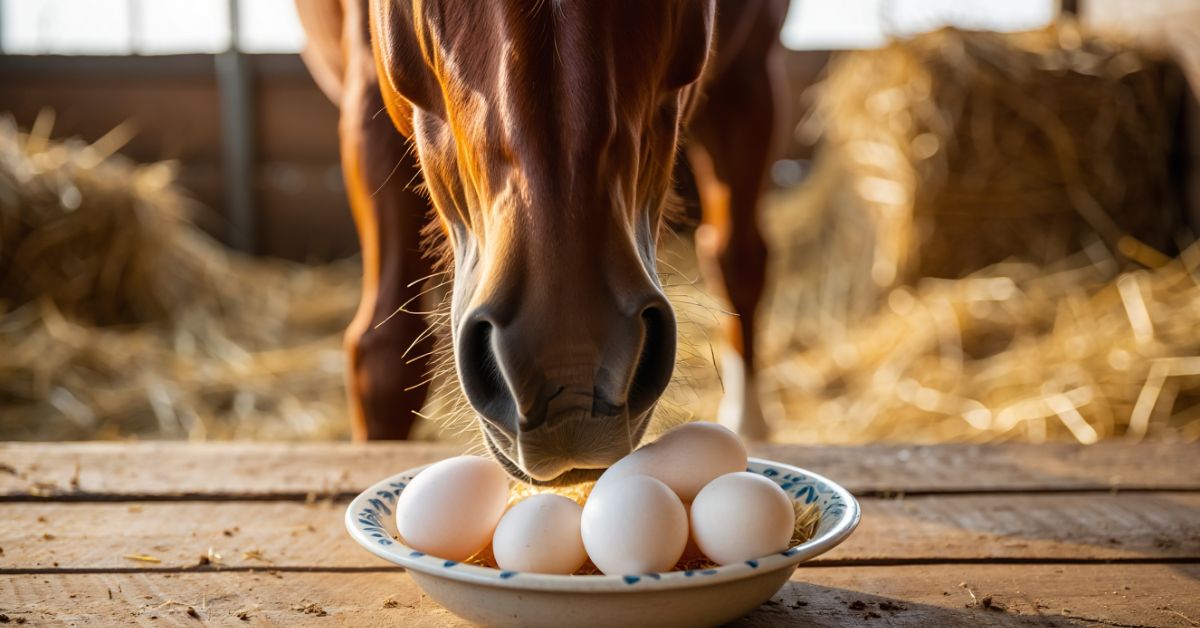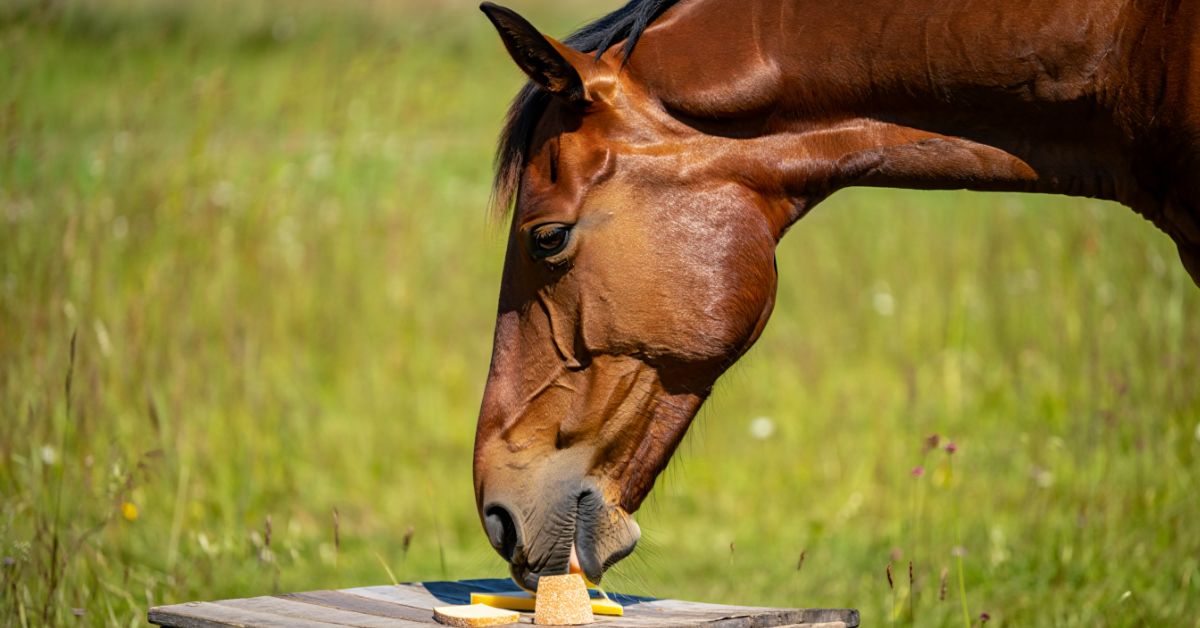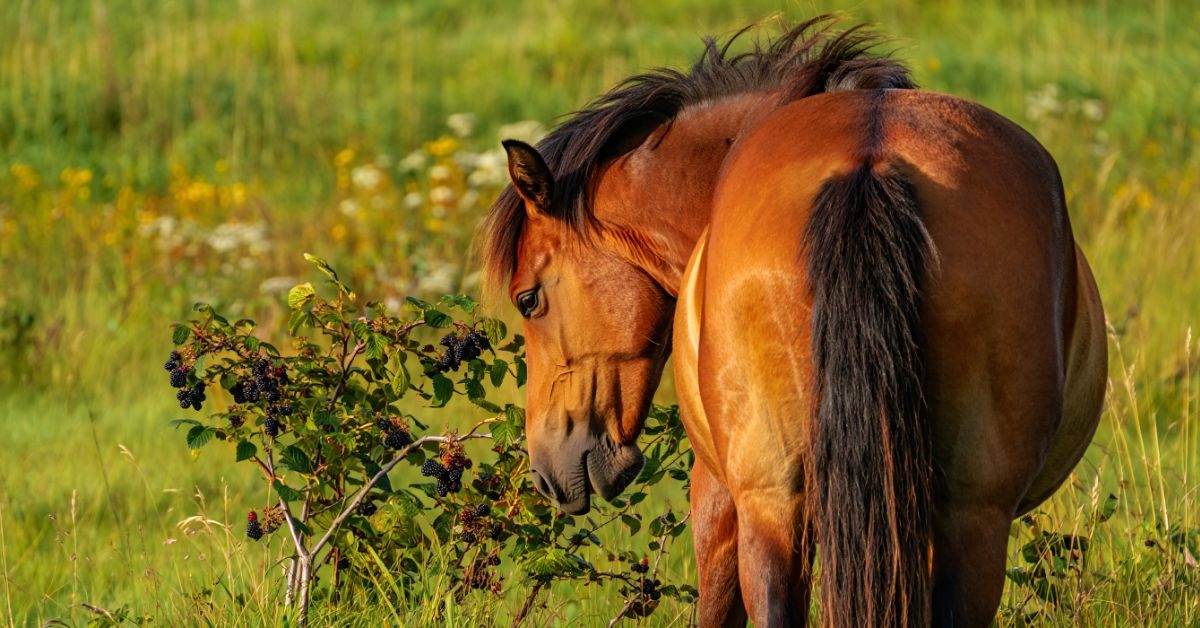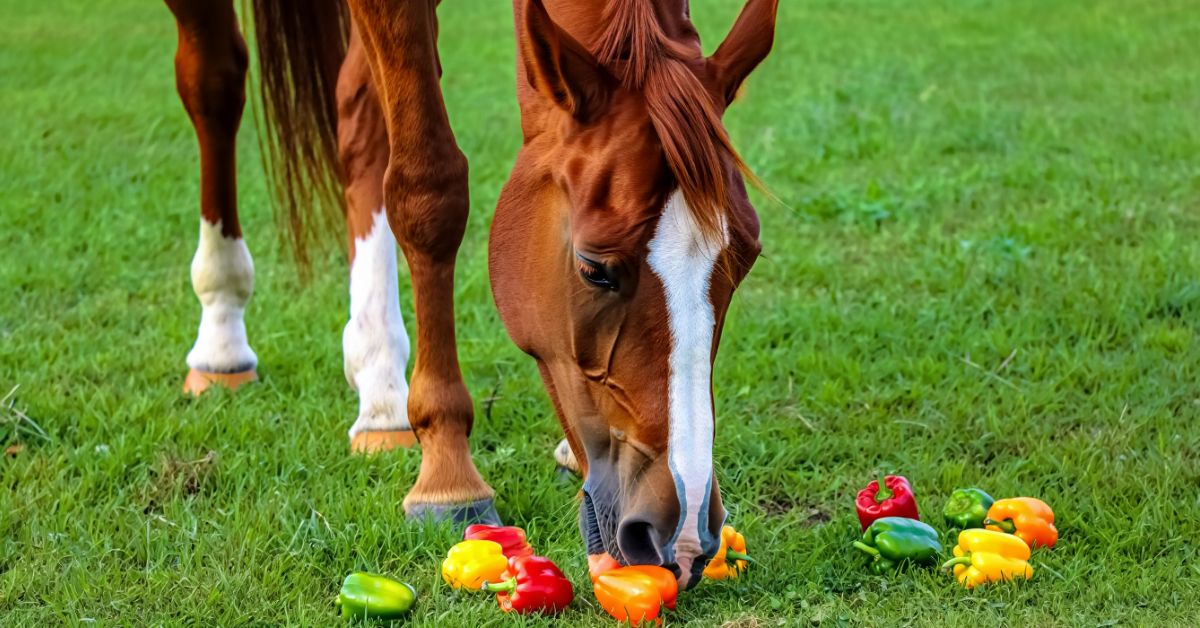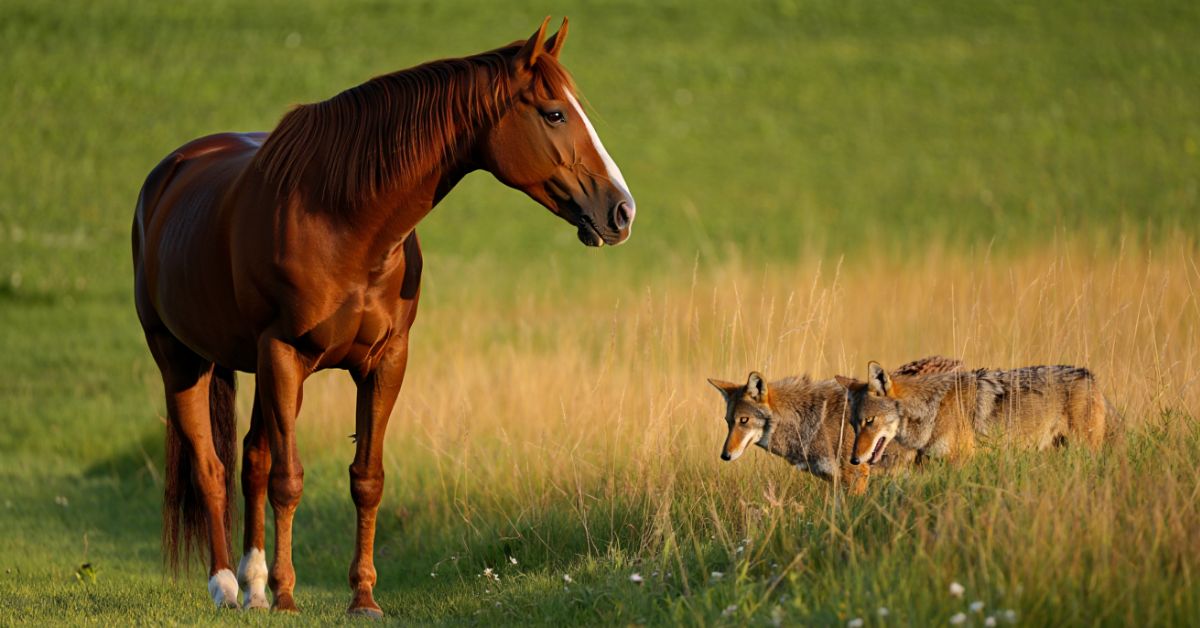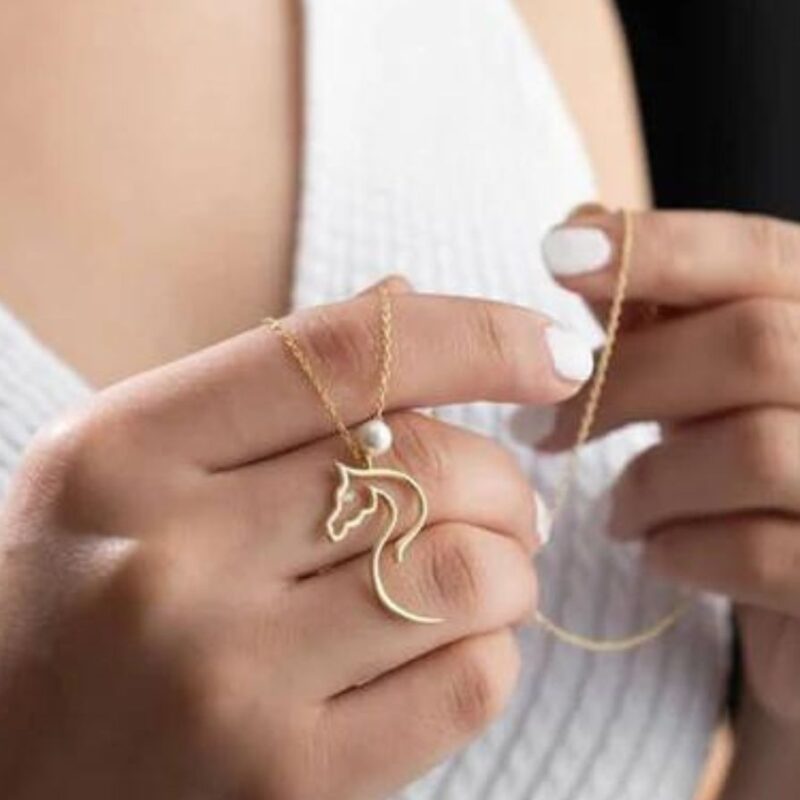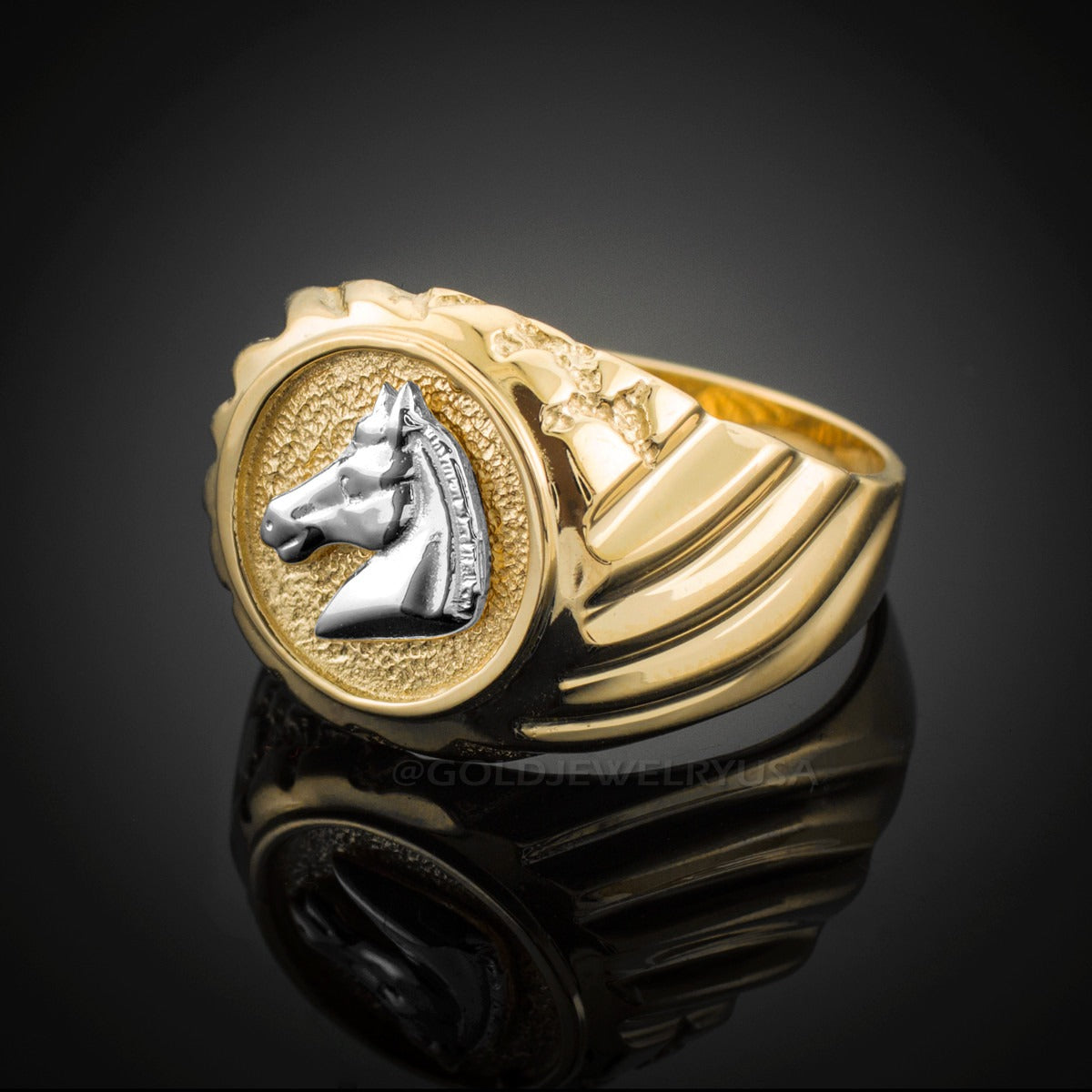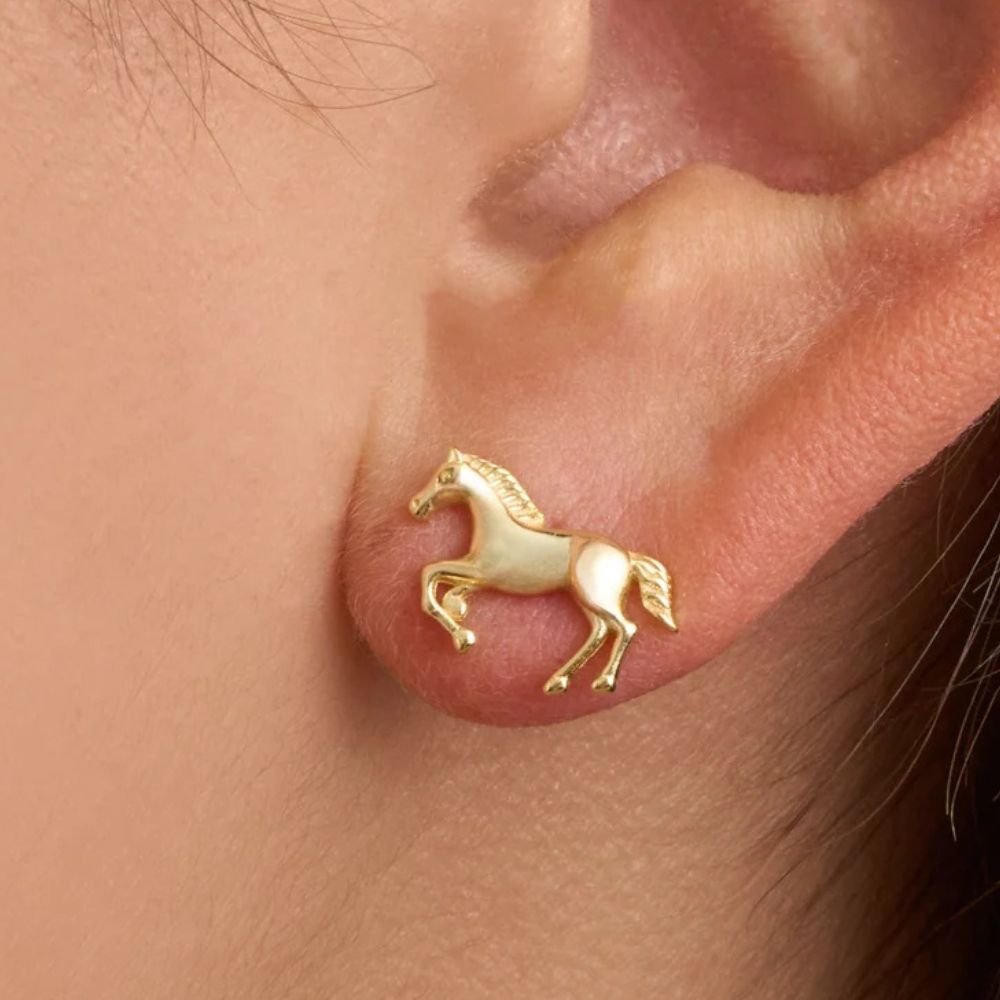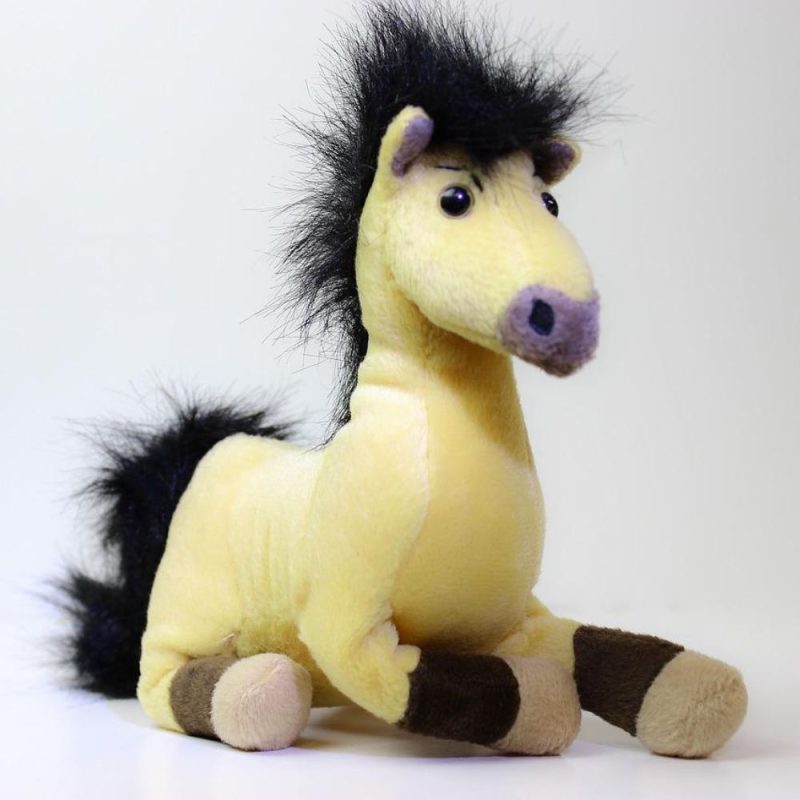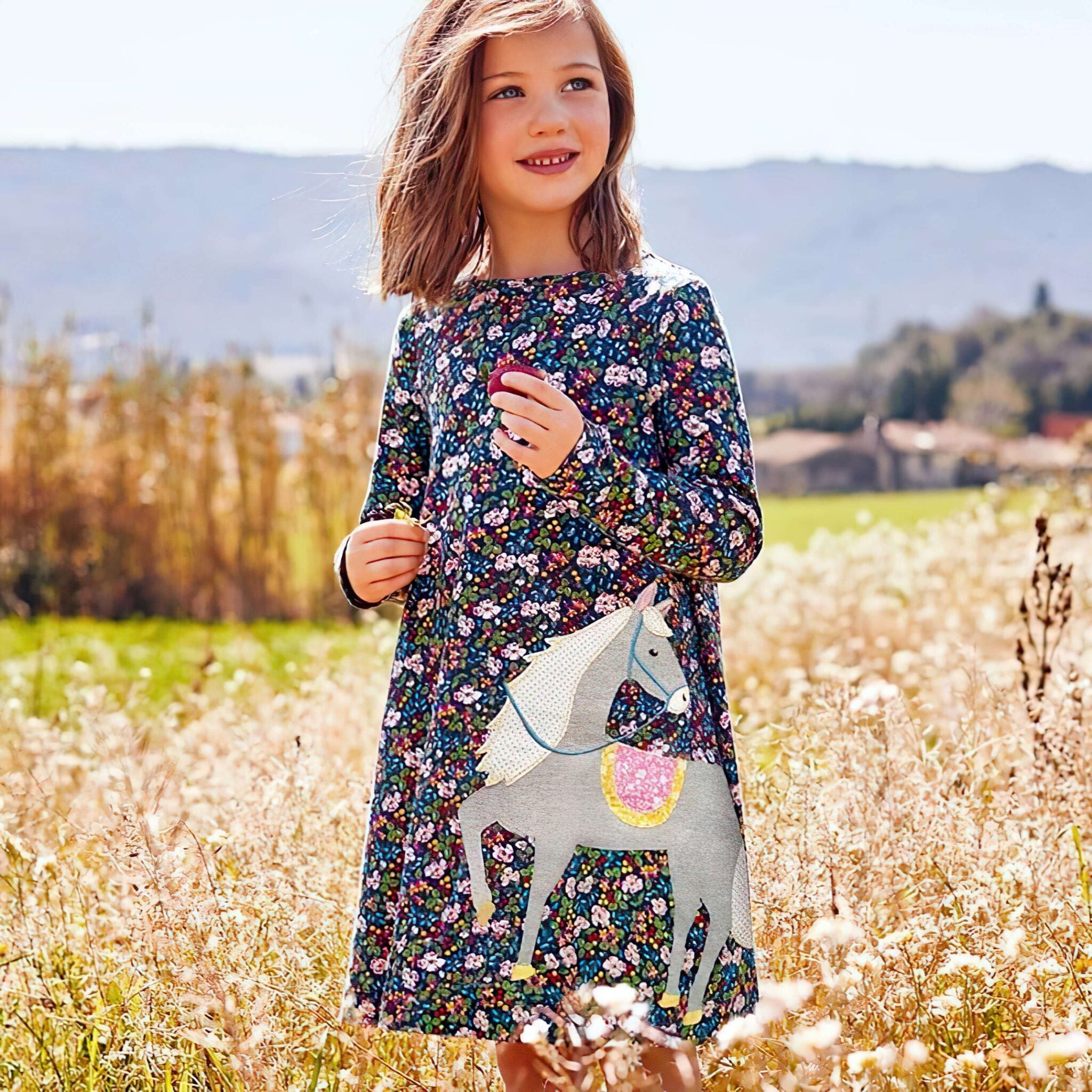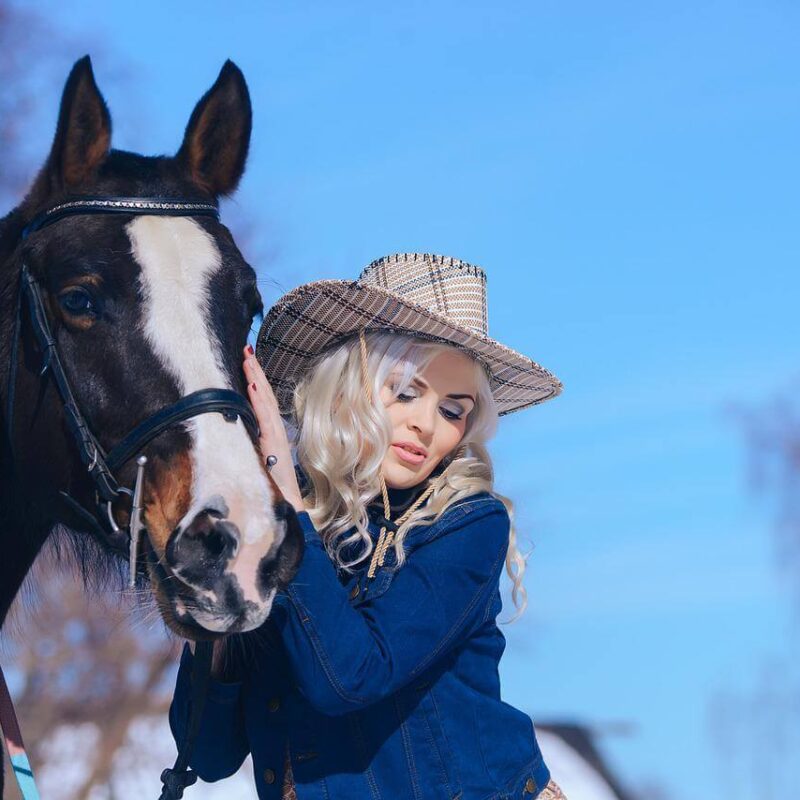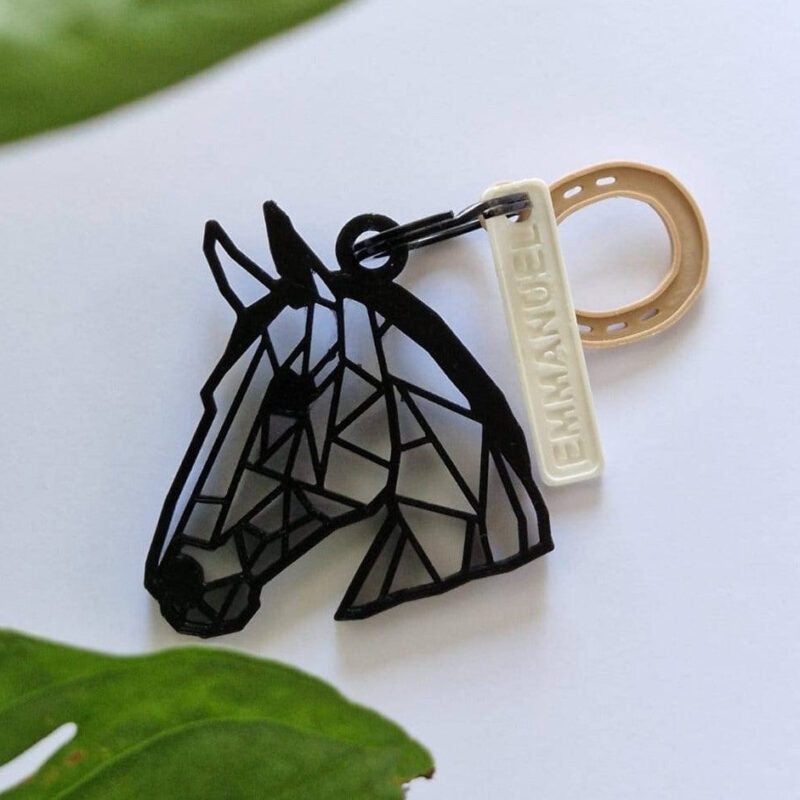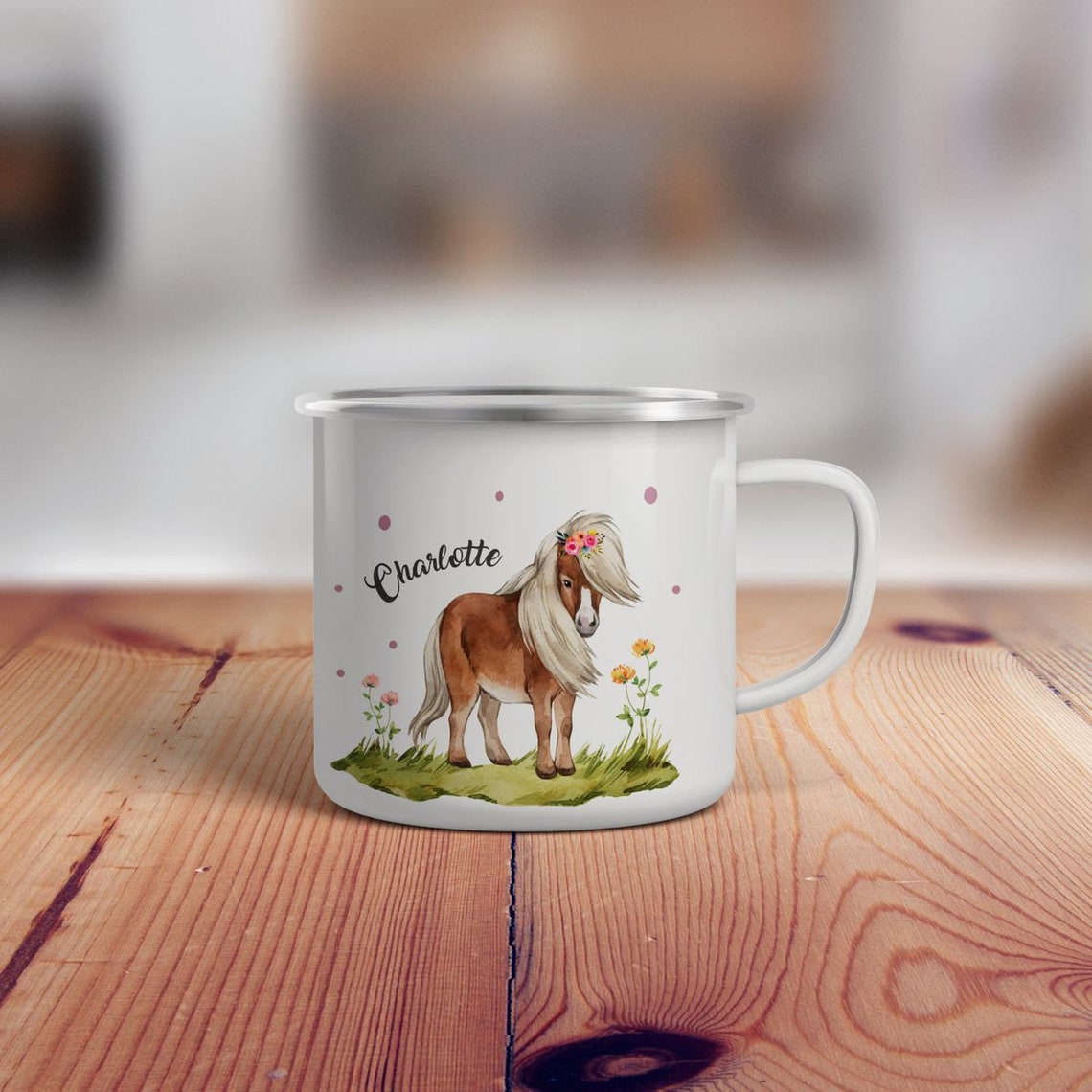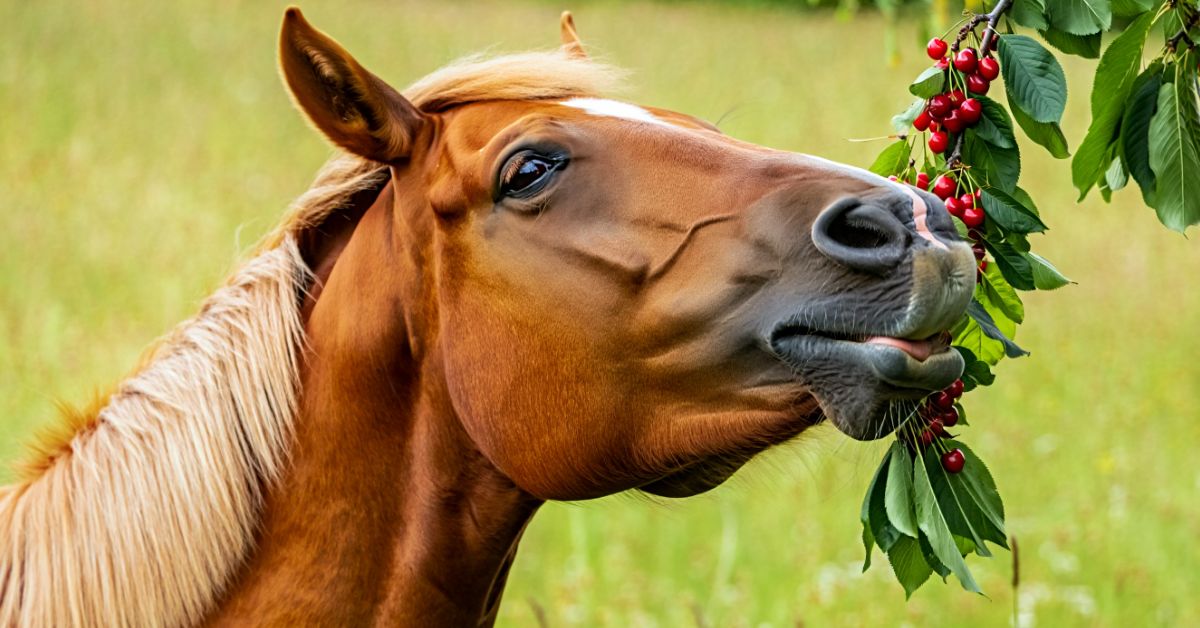
Can Horses Eat Cherries? The Truth About This Dangerous Fruit
Picture this: You're enjoying fresh cherries on a sunny afternoon, and your horse nuzzles up to you with those curious eyes. Should you share? The answer is a firm NO 🚫. While cherries might be a delicious summer treat for humans, they pose serious health risks to horses that every owner needs to understand.
In this comprehensive guide, you'll discover exactly why cherries are toxic to horses, which parts of the cherry tree are most dangerous, and what immediate steps to take if your horse has ingested any part of this deceptively harmful fruit.
Why Are Cherries Dangerous for Horses?
The danger lurking in cherry trees isn't just about the fruit itself—it's about a deadly compound called cyanide 💀.
Cherry trees, along with other Prunus species like plums, peaches, and apricots, contain prussic acid (hydrogen cyanide) in their leaves, bark, stems, and pits. When your horse chews or digests these parts, the compound breaks down and releases cyanide into their bloodstream.
Here's what makes this particularly treacherous: wilted cherry leaves are actually MORE toxic than fresh ones. After a storm, high winds, or frost, those fallen leaves become concentrated poison traps in your pasture. The wilting process increases the cyanide concentration, turning what might seem like harmless debris into a life-threatening hazard.
Which Parts of the Cherry Tree Are Toxic?
Let's break down the danger zones:
-
Cherry pits (stones) ✗ — Contain high levels of cyanogenic compounds
-
Leaves (especially wilted) ✗ — Most dangerous part of the tree
-
Bark and stems ✗ — Toxic in all forms
-
Cherry fruit flesh ⚠️ — While less toxic, still not recommended
-
Cherry wood ✗ — Should never be used in horse enclosures
The black cherry tree and chokecherry varieties are particularly notorious for causing horse poisoning. Even a wild cherry tree in your pasture poses an ongoing threat that needs immediate attention.
Can Horses Eat Cherry Fruit Without the Pit?
This is where things get nuanced. Technically, the fleshy part of the cherry fruit contains minimal toxins compared to other parts of the tree. However, here's why you should still avoid feeding cherries to horses:
🔴 Risk of accidental pit ingestion — Horses don't delicately nibble around pits like we do
🔴 Digestive complications — The horse digestive system isn't designed to process cherry fruit efficiently
🔴 Gateway behavior — Teaching horses that cherries are acceptable may lead them to browse cherry trees
🔴 No nutritional necessity — The nutritional value of cherries for horses doesn't justify the risk
For horse feeding safety, the golden rule is simple: when in doubt, leave it out. There are plenty of safe fruit for horses alternatives like apples (without seeds), bananas, and watermelon that don't carry these risks.
Signs of Cherry Poisoning in Horses 🚨
Recognizing symptoms of cyanide toxicity in horses can save your horse's life. Cyanide poisoning in horses progresses rapidly, so time is critical.
Watch for these warning signs:
-
Difficulty breathing — Rapid, shallow breaths or gasping
-
Bright red mucous membranes — Check their gums and inner eyelids
-
Excessive salivation — Drooling more than usual
-
Dilated pupils — Eyes appearing unusually wide
-
Muscle tremors — Shaking or twitching
-
Weakness and collapse — Inability to stand or staggering
-
Seizures — In severe cases
-
Rapid heart rate — Pulse exceeding normal range
The scary truth? Symptoms of cherry poisoning in horses can appear within 15-20 minutes of ingestion in severe cases. This is an emergency horse poisoning situation that requires immediate veterinary intervention.
What to Do If Your Horse Eats Cherries
If you suspect cherry tree poisoning in horses, every second counts. Here's your action plan:
IMMEDIATE STEPS:
-
Call your veterinarian immediately — Don't wait to see if symptoms develop
-
Remove your horse from the area — Prevent further ingestion
-
Keep your horse calm and still — Movement can accelerate toxin absorption
-
Note what and how much was eaten — This helps your vet determine treatment
-
Don't attempt home remedies — Only professional treatment works for cyanide poisoning
Your veterinarian poisonous plant advice may include administering sodium nitrite and sodium thiosulfate—antidotes that can counteract cyanide poisoning when given promptly. This isn't a situation where "wait and see" is an option.
Safe Alternatives: What Fruits CAN Horses Eat?
Instead of cherries, consider these horse treat ideas that are both safe and nutritious:
✅ Apples (remove seeds and core) ✅ Carrots (classic for a reason!) ✅ Bananas (peels included) ✅ Watermelon (without rind) ✅ Strawberries (in moderation) ✅ Pears (without seeds)
The key with any safe fruit for horses is moderation. These should be occasional treats, not dietary staples. For the curious horse owner wondering about feed horses cherry flavoring—artificial cherry flavoring in manufactured horse treats is generally safe, as it doesn't contain the toxic compounds found in actual cherries.
Removing Cherry Trees From Your Horse Pasture 🌳
Found a cherry tree near your horses? Removing cherry trees from horse pasture should be a top priority in your horse care poisonous plants management.
Professional Removal Steps:
-
Identify all cherry trees — Walk your entire property with a field guide
-
Create a safety perimeter — Fence off trees before removal
-
Hire professional tree removal — DIY removal can scatter toxic leaves
-
Remove ALL debris — Every leaf, twig, and piece of bark must go
-
Install horse-safe fencing near cherry trees — If immediate removal isn't possible
Pro tip: After removal, monitor the area for several weeks. Cherry trees can sprout from roots, and new growth is just as dangerous.
Other Toxic Prunus Species to Watch For
Cherry trees aren't the only culprits. Be vigilant about these relatives:
-
Plum trees (Prunus domestica)
-
Peach trees (Prunus persica)
-
Apricot trees (Prunus armeniaca)
-
Almond trees (Prunus dulcis)
-
Nectarine trees (Prunus persica var. nucipersica)
All members of the Prunus family contain varying levels of cyanogenic compounds, making them part of the toxic plants for horses family you need to eliminate from your property.
Understanding Equine Nutrition and Safe Treats
When it comes to equine diet and cherries—or any non-traditional food—it's essential to understand your horse's digestive system. Horses evolved as grazing animals with specialized digestive tracts designed for processing grass and hay.
Their equine nutrition guide should prioritize:
-
Quality hay or pasture (70-80% of diet)
-
Balanced grain or pellets (if needed for weight/work)
-
Clean, fresh water (always available)
-
Salt/mineral blocks (for essential nutrients)
-
Occasional treats (less than 10% of diet)
When conducting a horse health risk assessment for treats, always ask yourself: "Does the benefit outweigh any potential risk?" With cherries, the answer is unequivocally no.
Can Small Amounts of Cherries Be Safe?
You might wonder: "Is one cherry bad for a horse?" or "What about small amounts of cherries for horses?"
Here's the honest answer: While a single cherry fruit (flesh only, no pit) likely won't kill a healthy adult horse, there's simply no good reason to test these limits. Toxicity thresholds vary by:
-
Horse's body weight
-
Individual sensitivity
-
Part of cherry consumed
-
Fresh versus wilted plant material
-
Amount ingested
The cherry pit danger for horses alone makes this a gamble not worth taking. Even cherry bark toxicity can accumulate if horses habitually chew on fence posts made from cherry wood.
The Cherry Tart Juice Question
Some health-conscious owners have asked about cherry tart juice for horses, citing anti-inflammatory properties. While tart cherry juice has shown benefits in human studies, there's insufficient research on equine consumption, and the risk of introducing problematic compounds outweighs speculative benefits. Stick to proven equine nutrition supplements recommended by your veterinarian.
Creating a Toxin-Free Environment 🛡️
Preventing horse ingestion of toxins requires a proactive, multi-layered approach:
Your Pasture Safety Checklist:
☑️ Conduct regular pasture walks — Monthly inspection minimum ☑️ Learn to identify toxic plants — Take photos, use plant ID apps ☑️ Maintain adequate forage — Well-fed horses browse less ☑️ Provide environmental enrichment — Bored horses explore dangerous plants ☑️ Educate barn staff and visitors — Everyone should know the rules ☑️ Post emergency vet numbers — Visible in barn and paddocks ☑️ Keep a poisonous plant field guide — In your barn office or tack room
Remember, cherry fruit versus leaves safety isn't really a debate—neither should be in your horse's diet or environment.
FAQ: Horses and Cherry Safety 🐎
Q: Can horses eat cherries in any form?
No. While the flesh is less toxic than other parts, cherries are not safe for horses to eat. The risk of pit ingestion, plus the lack of nutritional necessity, makes cherries an inappropriate treat choice.
Q: What should I do if my horse ate wilted cherry leaves?
This is an emergency horse poisoning situation. Call your veterinarian immediately. Wilted cherry leaves toxicity is extremely high, and symptoms can appear within 15-20 minutes. Time is critical for successful treatment.
Q: Are some cherry tree varieties safer than others?
No cherry tree is safe for horses. Black cherry horse poison incidents are well-documented, but all Prunus species—including chokecherry, wild cherry, and ornamental varieties—contain cyanogenic compounds that are dangerous to equines.
Q: How much of a cherry tree is dangerous to horses?
All parts except the fruit flesh contain significant toxins: leaves (especially wilted), bark, stems, pits, and wood. Even cherry stones toxicity from a few pits can cause serious problems. There's no "safe" amount of cherry tree material for horses.
Q: Can I use cherry wood for horse fencing or stalls?
Absolutely not. Cherry wood toxicity for horses is real. Horses that chew on cherry wood fencing can ingest harmful compounds. Always use horse-safe woods like oak, ash, or specially treated lumber for any horse enclosures.
Conclusion: Better Safe Than Sorry
The question "Can horses eat cherries?" has a clear, science-backed answer: No, they should not. The combination of cyanide poisoning risk, choking hazards from pits, and the availability of much safer alternatives makes cherries an unnecessary and dangerous choice.
Your horse's health is worth far more than satisfying curiosity about exotic treats. Focus on proven safe fruits for horses, maintain a toxic plant-free pasture, and always consult your veterinarian when introducing new foods to your equine diet.
Remember: the best treat for your horse is one that brings joy without risk. ✨
💬 Join the Conversation
And you, have you discovered toxic plants on your property? Share your pasture safety tips in the comments below! 👇
Want to become a pasture safety expert? Discover our comprehensive guide on "[Top 20 Toxic Plants Every Horse Owner Must Know]" and learn how to create a bulletproof safety plan for your horses.
Never miss critical horse health updates! Subscribe to our Dream Horse newsletter and receive expert tips, safety alerts, and exclusive horse care guides delivered straight to your inbox every week. Your horse's health depends on what you know—stay informed! 🐴💌
